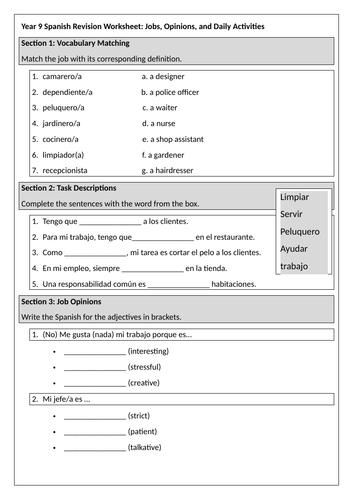Lovelanguages' Shop
Grüß di! Salut! ¡Hola ! Ciao ! Hello, I am a teacher of German, Spanish and French (with a bit of Italian thrown in). I would like to share with you some resources that I have put together and used with success in the classroom. Any feedback would be greatly appreciated !




















